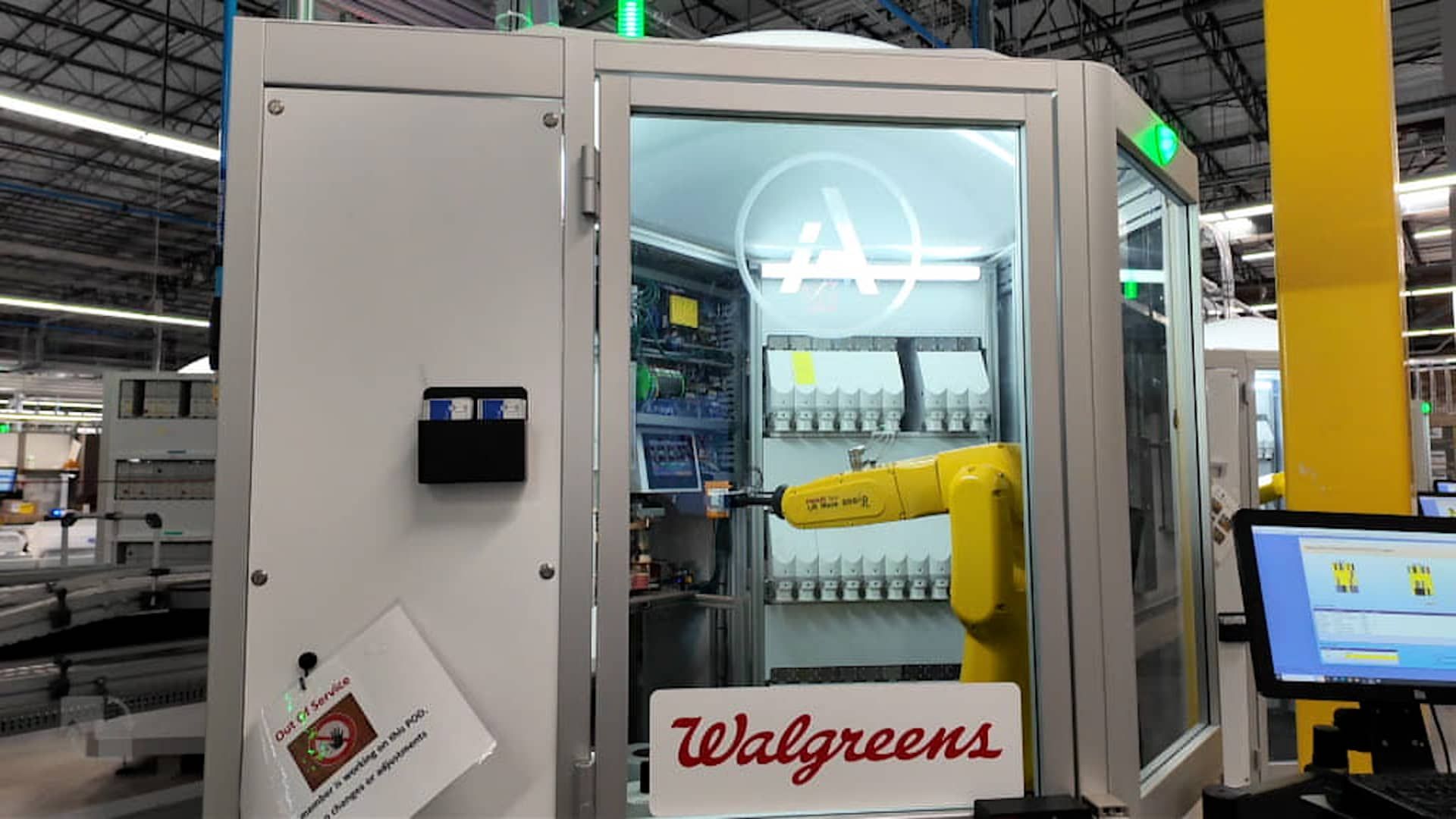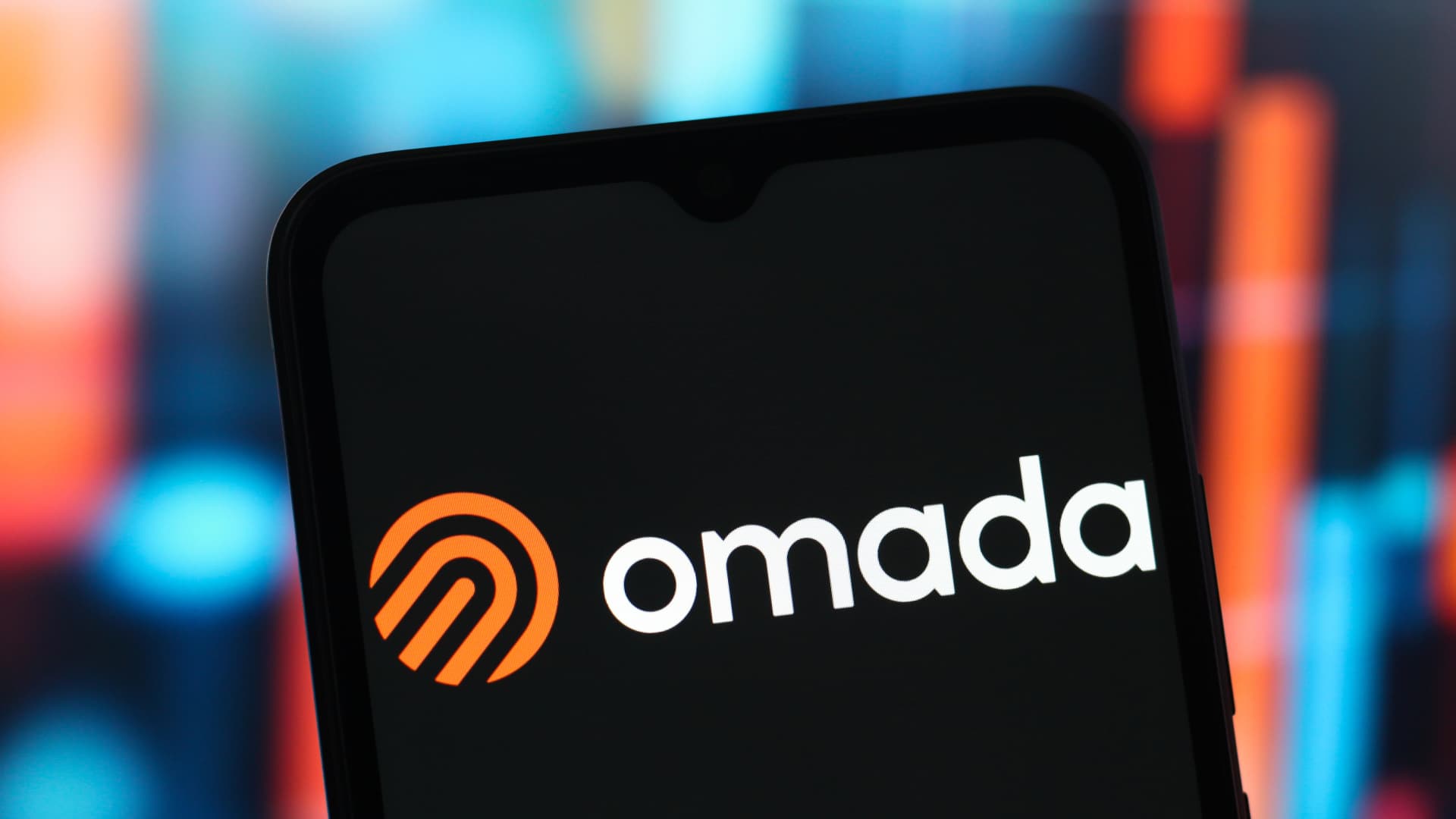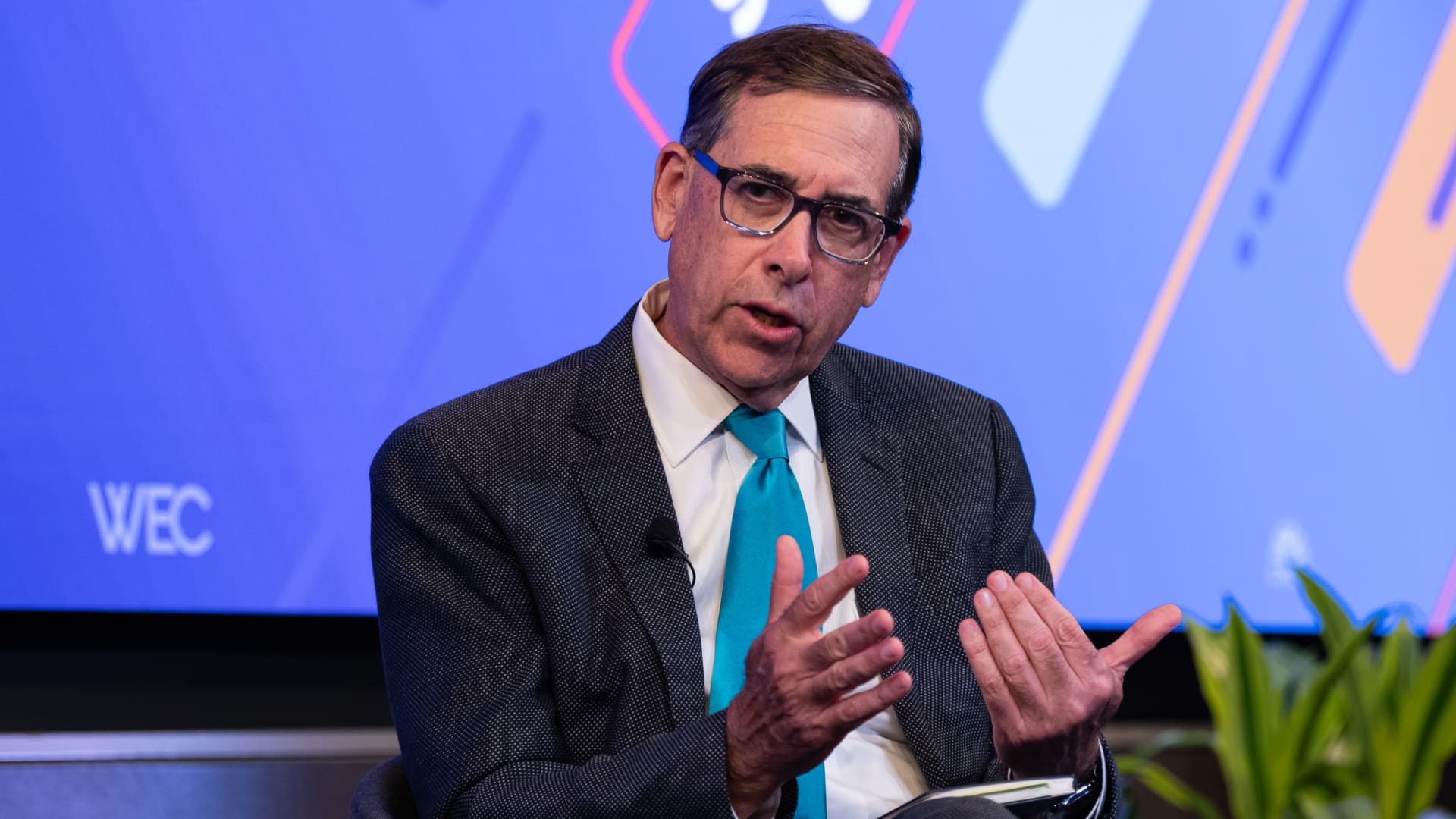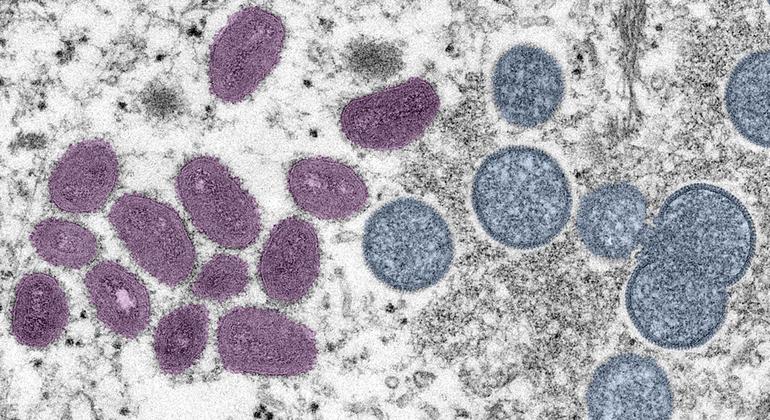A robotic arm fills the recipes in a Walgreens microflomeo center.
Courtesy: Walgreens
As the pharmacy chains fighting work to recover their balance, Walgreens It is doubling automation.
The company is expanding the number of retail stores served by their microflomination centers, which use robots to fill thousands of recipes for patients who take medications to handle or treat diabetes, high blood pressure and other conditions.
Walgreens aims to free time for pharmacy staff, reducing their routine tasks and eliminating inventory waste. Less recipe stuffed would allow employees to interact directly with patients and perform more clinical services, such as vaccines and tests.
Walgreens first launched the centers with robot in 2021, but the expansion was arrested in 2023 to focus on collecting comments and improving performance on existing sites. After more than a year making updates, including new internal tools, the company said it is ready to expand the scope of that technology again.
Walgreens told CNBC that he expects his 11 microflomination centers to serve more than 5,000 stores for the end of the year, compared to 4,800 in February and 4,300 in October 2023. As of February, the centers handled 40% of the prescription volume on average in supported pharmacies, according to Walgreens.
That translates into around 16 million recipes full every month in the different places, said the company.
The renewed automation impulse occurs when Walgreens prepares to go privately in an agreement of approximately $ 10 billion with Sycamore Partners, which is expected to close by the end of the year.
The agreement would limit a turbulent chapter for Walgreens as a public company, marked by a rocky transition outside the pharmacy reimbursement rates, reducing the pharmacy, a weaker consumption expense and a fierce competition of CVS health, Amazon and other retail giants.
Like CVS, Walgreens has changed new stores to close hundreds of low performance locations to underpin the profits. Both companies are running to stay relevant, since online retailers attract customers and patients more and more for fast delivery at home in traditional pharmacy visits.
The changes also follow the increasing discontent among the pharmacy staff: in 2023, strikes at the national level highlighted the exhaustion and lack of chronic personnel, which forces chains to reexamine their operational models.
Walgreens said that investment in robotic pharmacy fillings is already paying off.
To date, the microfulgation centers have generated approximately $ 500 million in savings by reducing excess inventory and increasing efficiency, said Kayla Heffington, vice president model operating in Walgreens pharmacy. Heffington added that the stores used by facilities administer 40% more vaccines than those that are not.
“At this time, they are the spine to really help us to compensate part of the workload in our stores, obviously to allow more time for our pharmacists and technicians to spend time with patients,” said Rick Gates, Chief of Pharmacy of Walgreens.
“It gives us much more flexibility to reduce costs, increase attention and increase speed to therapy, all those things,” he said.
Gates added that the centers give Walgreens a competitive advantage because independent pharmacies and some rivals have no centralized support for their stores. Still, Walmart, Albertsons and Kroger They have tried similarly or are currently using their own microfluid facilities to dispense items of groceries and other recipes.
Microfulgation centers come with their own risks, as a great dependence on sophisticated robotics that can cause interruptions if errors occur. But the facilities are becoming a permanent element in retail trade due to the cost savings they offer and their ability to rationalize workflows, reduce employee load and deliver goods to customers faster.
How the Walgreens microflomeo works
Within a Walgreens microflomination center, which helps fill thousands of recipes.
Courtesy: Walgreens
When a Walgreens retail pharmacy receives a recipe, the system determines whether it must be filled in that place or enruption of a nearby microflomation center. Maintenance medications, or prescribed medications taken regularly to administer chronic health conditions, and recharges that do not require immediate collection are often sent to microflomeo.
In the nucleus of each installation there is a highly automated system that uses robotics, conveyor belts and scanners of barcodes, among other tools, to fill the recipes. The operations are supported by a team of pharmaceutical technicians and other professionals.
Instead of personnel members who fill the recipes by hand in stores, pills bottles move through an automated and carefully choreographed assembly line.
Pharmacy technicians fill the boats with medications for robot pods to dispense, and pharmacists verify those boats to make sure they are precise. The yellow robotic arms grab a recipient tagged vial and hold it in a container, which accurately dispenses the specific medication for that bottle.
Robotics Filling prescriptions in a Walgreens microflomination center.
Courtesy: Walgreens
Certain recipes are filled in separate manual stations, including inhalers and pills of contraceptive pills. Then, each recipe is classified and packaged for the delivery of return to retail pharmacy locations for the final collection.
There are other safety and security measures throughout the process, said Ahlam Antar, supervisor of registered groups of a Microflomeo Center in Mansfield, Massachusetts.
For example, robot capsules automatically block and indicate an error with a red-orange light if a worker joins a boat to the incorrect dispenser, preventing the incorrect pills from being prescribed, he said.
According to Sarah Gonsalves, a pharmacy technician certified at the Mansfield site, properly train workers in centers to guarantee patient precision and safety, according to Sarah Gonsalves, a pharmacy technician certified at the Mansfield site.
She said that a central part of her role is to make sure that technicians can correctly perform the different tasks in the process.
Improvements to robotic prescription fillings
Antar, who has worked on the Mansfield site since its opening of 2022, said that Walgreens has made improvements in the microflomeo process after considering the comments of stores and patients during the pause expansion. That includes the establishment of new roles necessary to support the process on the sites, as a training manager for the 11 locations.
The facilities also plan to make the transition to the use of smaller prescription roads after hearing, the concerns that current bottles are too large, according to a Walgreens spokesman. They said that will allow centers to send more recipes at order and reduce costs.
A robotic arm fills a vial prescribed in a Walgreens microflomeo center.
Courtesy: Walgreens
Heffington said that automated locations have helped reduce the general costs of compliance with Walgreens recipes by almost 13% compared to the previous year.
She said Walgreens has also increased the prescription volume by 126% year after year, now filling more than 170 million recipes annually. The company expects to raise that number to 180 million or even more.
Heffington added that Walgreens implemented new internal tools to trace work into the 11 centers and provide real -time data on where a patient's recipe is located in the microflomeo process.
“If a patient called the store and said: 'Hey, can you tell me where my recipe is today?' [Workers] You can do that with great specificity, “thanks to the new tools, said Heffington.
Despite the company's progress, Gates said there is more work to do with microfecting centers.
For example, he pointed out the possibility of sending recipes directly to the doors of the patients instead of putting that load in retail stores.
“It's the only step right now,” he said.
Improvements in the facilities may still be necessary, according to some reports. For example, Wral News reported in April that some customers in a Walgreens store in Garner, North Carolina, say they are only receiving partial recipe fillings, with several pills, or their medicine is being delayed.
Retail store pharmacy staff see benefits
A customer sees merchandise for sale in a Walgreens store in the Hollywood neighborhood in Los Angeles.
Christopher Lee | Bloomberg | Getty images
Before the Arizona de Brian Gange store began to depend on an automated installation, entered the pharmacy every morning knowing that a massive recipe list was in its work queue waiting to be filled by the day.
Now, with the help of the microflomeo, that list is significantly lower every day, according to Galege.
“We don't have to spend so much time in those repetitive compliance tasks,” he told CNBC. “A great weight of our shoulders is really removed.”
Gode said that gives him time to his team to stop the pharmacy counter and interact with face to face, answering questions, providing advice, perform health tests or manage vaccines.
That type of care can make a difference for a patient.
For example, Galege remembers that they have moved away for five minutes to take the blood pressure of a patient despite being overwhelmed with the tasks while working in a different location of Walgreens several years ago. He ended up sending that person to the emergency room because his blood pressure was “out of the lists.”
That patient's wife visited the pharmacy the next day to thank Galege, saying that her husband “would probably not be here with us today” without that blood pressure test.
“I shouldn't have to question if I have those five or 10 minutes to check a blood pressure for a patient,” said Galege. “Microflome and centralized services are really what will allow us to do so, have that time.”
“That really allows us to give them better attention,” he added.












